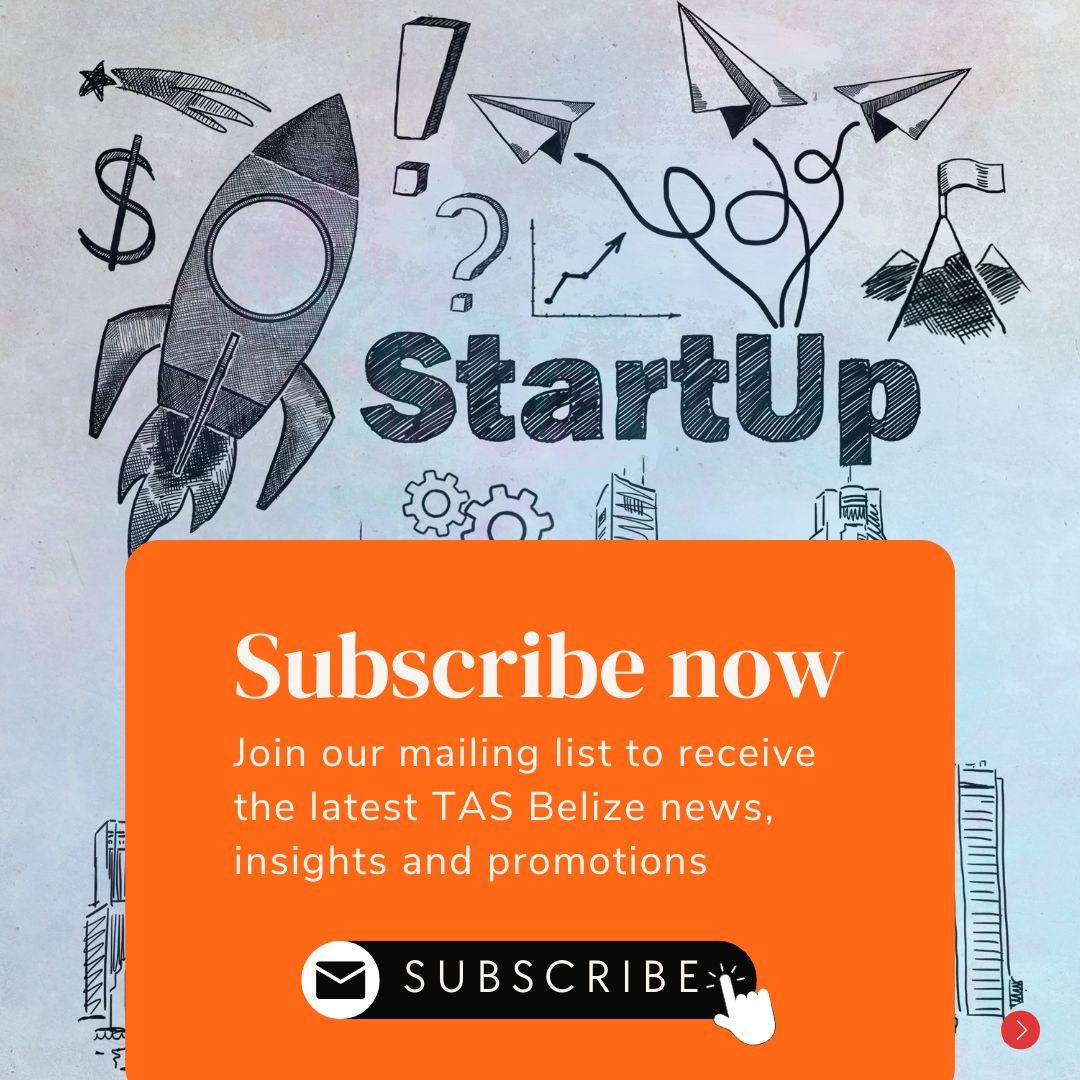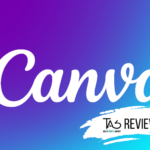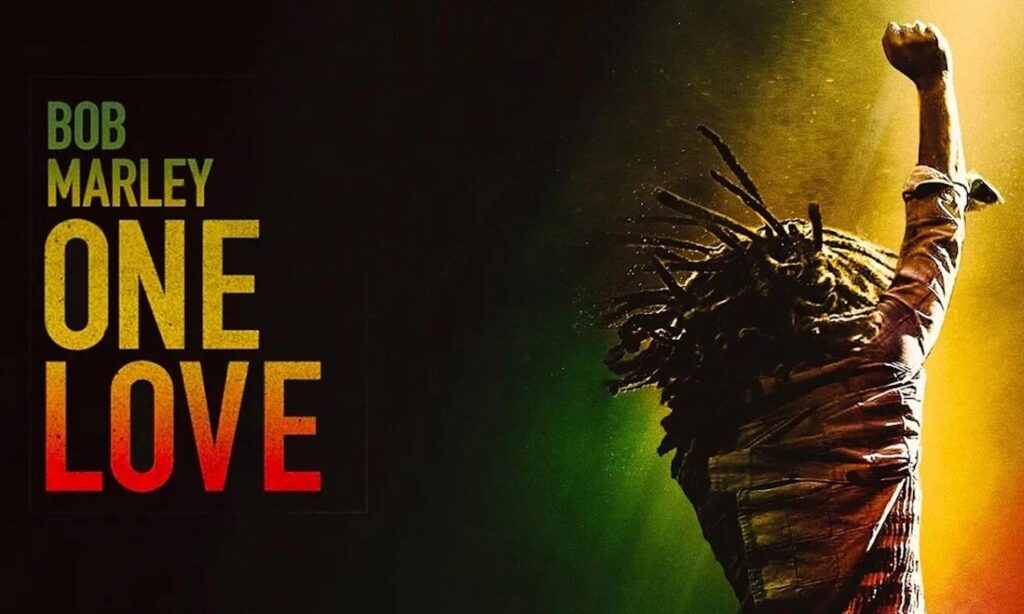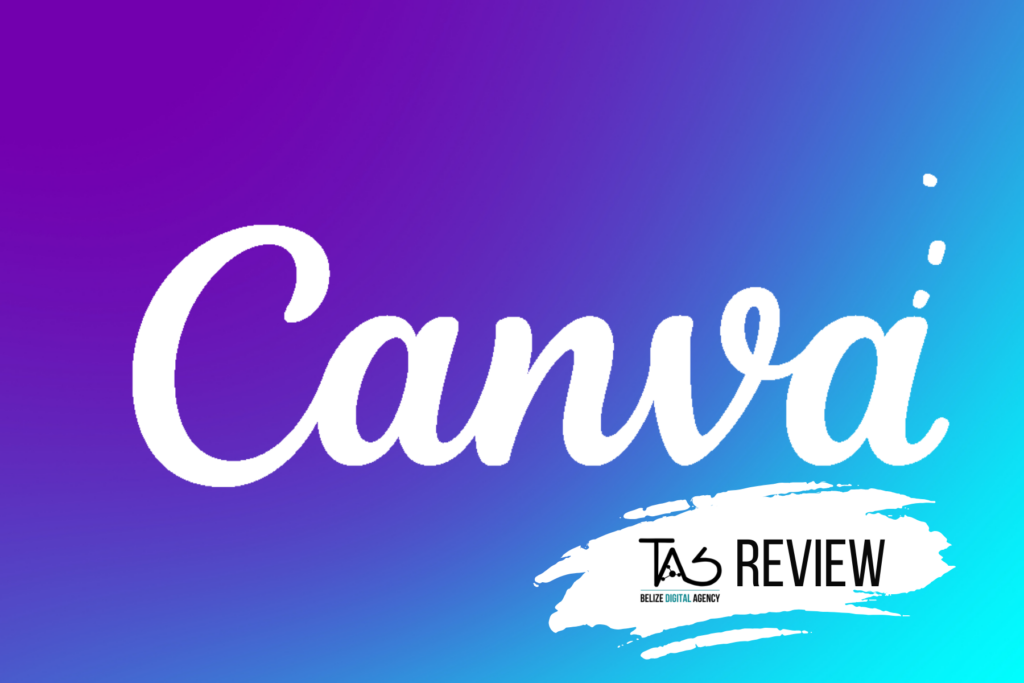With the rapid advancement of technology, it can be quite difficult to keep up with the latest digital marketing trends. However, as most marketing and business experts can attest to, staying up to date with changes in the digital marketing world can be crucial to the success of a firm. This is especially true at a time when the Covid-19 pandemic has forced businesses to implement a digital marketing strategy in order to survive.
Keeping you updated with the digital marketing world, below we’re sharing 15 digital marketing trends that you need to know in 2022:
1. The End of Cookie Tracking
Due to concerns about user privacy, Google has announced that it will be phasing out cookie tracking in the coming years. This means that businesses that use data gathered by cookies to analyze their customers’ behaviors and preferences will have to rethink that aspect of their digital marketing strategy.
2. Zero Party Data
Some businesses have responded to concerns about user privacy violations by gathering data directly from customers and potential customers via gamified tools, surveys, and other online interactions. In 2022, we can expect companies to take a more active role in utilizing zero-party data as we work towards a cookie-free digital world.
3. Personalized Messages
A case study of EasyJet’s 2015 personalized email campaign showed that personalized emails can yield a significantly higher clickthrough rate (25% in EasyJet’s case) than non-personalized emails. In 2022, this digital marketing trend is expected to continue as more and more businesses are turning to personalized emails.
4. Influencer Marketing
In the age of social media, businesses can take advantage of the marketability of influencers by having those influencers promote their products or services. Major brands such as Adidas, Sprint, and Motorola have benefited significantly from this strategy and will continue to do so in 2022.
5. Visual Search
Tech and social media giants such as Google, Microsoft, and Pinterest have been competing to develop better image search technology. The result has been additional tools that digital marketers can use and must consider when drafting a marketing strategy.
6. Content Marketing
Data gathered by the Content Marketing Institute show that businesses with blogs generate 126% more leads than businesses without a blog and that content marketing leads to a higher conversion rate than the rates of other types of digital marketing strategies.
7. Page Speed Increase
Simple strategies such as optimizing images and reducing internal redirects can lead to faster page speeds, which can help keep users on a business’s website for longer periods of time.
8. Video Marketing
With the rise of mobile phone users and users of other mobile devices, video marketing has become an easy way for businesses to get customers to share their brands. Statistics have also shown that 69% of consumers would prefer to learn about a product or service via a short video.
9. Voice Search
The increase in popularity of voice search tools and voice-activated digital assistants has led to additional considerations for content writers. When deciding on keywords, content writers must now consider questions people might ask digital assistants such as Siri or Alexa.
10. Google Verified Listings
Google’s verified listings help businesses, along with information about the businesses’ opening hours and customer ratings, to show up on ‘near me’ searches by optimizing the business’s SEO.
11. Interactive Content
Businesses are taking advantage of augmented reality and virtual reality technology to create tour museums and other interactive experiences that allow customers to interact with their brands on a deeper emotional level.
12. Chatbots
With customers today accustomed to having information at the tip of their fingers, expectations of immediate responses have increased. Chatbots address this by using AI to create human-like messaging experiences for visitors to websites in real-time.
13. Environmental Marketing
Environmental marketing is a strategy of promoting products or services on the basis of their environmental friendliness. This strategy can help businesses gain the support of millennials, 90% of whom, according to statistics, are willing to pay more for environmentally sustainable products.
14. Narrowing Market Campaign Targets
Smaller marketing campaigns targeting narrower groups of individuals can often yield better results than large campaigns targeting broader groups.
15. Native Ads
With around half of internet users around the world having ad blockers, seamlessly embedded ads within a business’s own content can be a more welcomed, less-intrusive alternative to other forms of online ads.
Strategy & Success: What’s at Stake
The Covid-19 pandemic has accelerated the change in how the world does business. In this new, more digital business environment, businesses must continue to monitor and adapt to changes in digital marketing trends in order to achieve success.












